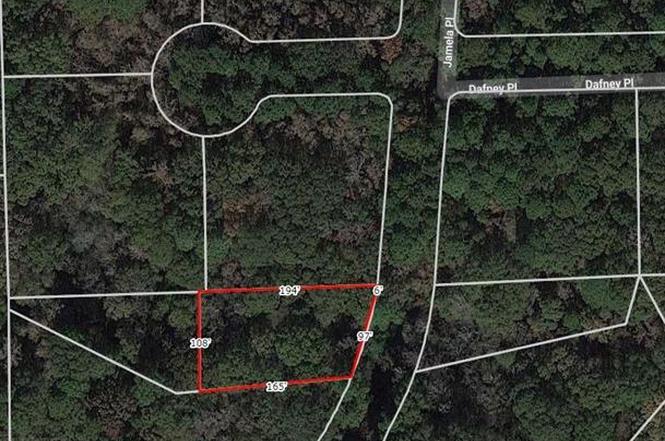

There are a few ways to determine a home’s flood hazard status.
#Flood plain zone how to
How to find out if a home is in a flood zone So how can you find out if your home is in a flood zone-and if it is, how can you assess the size of this risk and what protections can you put in place? Whether you own a home or are looking to buy, here’s how to figure that out. According to Popular Science, “Nearly 15 million American properties are at substantial risk of flooding in the next 30 years, and more than three million are almost certain to be underwater at some point in that time.” The areas of minimal flood hazard, which are the areas outside the SFHA and higher than the elevation of the 0.2-percent-annual-chance flood, are labeled Zone C or Zone X (unshaded).Īn area of moderate flood hazard that is determined to be outside the Special Flood Hazard Area between the limits of the base flood and the 0.2-percent-annual-chance (or 500-year) flood.Īn area of minimal flood hazard that is determined to be outside the Special Flood Hazard Area and higher than the elevation of the 0.2-percent-annual-chance (or 500-year) flood.And due to climate changes, flooding may also become more common. Moderate flood hazard areas, labeled Zone B or Zone X (shaded) are also shown on the FIRM but are not considered part of the Special Flood Hazard Area. Mandatory flood insurance purchase requirements and floodplain management standards apply. Base Flood Elevations derived from detailed hydraulic analyses are shown. Mandatory flood insurance purchase requirements and floodplain management standards apply.Īreas subject to inundation by the 1-percent-annual-chance flood event with additional hazards due to storm-induced velocity wave action. Because detailed hydraulic analyses have not been performed, no Base Flood Elevations or flood depths are shown. Mandatory flood insurance purchase requirements and floodplain management standards apply.Īreas along coasts subject to inundation by the 1-percent-annual-chance flood event with additional hazards associated with storm-induced waves.

No Base Flood Elevations or depths are shown. Zone A99 may only be used when the flood protection system has reached specified statutory progress toward completion.

These are areas of special flood hazard where enough progress has been made on the construction of a protection system, such as dikes, dams, and levees, to consider it complete for insurance rating purposes. Mandatory flood insurance purchase requirements and floodplain management standards apply.Īreas subject to inundation by the 1-percent-annual-chance flood event, but which will ultimately be protected upon completion of an under-construction Federal flood protection system. Mandatory flood insurance purchase requirements and floodplain management standards apply.Īreas that result from the decertification of a previously accredited flood protection system that is determined to be in the process of being restored to provide base flood protection. Average flood depths derived from detailed hydraulic analyses are shown in this zone. Mandatory flood insurance purchase requirements and floodplain management standards apply.Īreas subject to inundation by 1-percent-annual-chance shallow flooding (usually sheet flow on sloping terrain) where average depths are between one and three feet. Base Flood Elevations derived from detailed hydraulic analyses are shown in this zone. Mandatory flood insurance purchase requirements and floodplain management standards apply.Īreas subject to inundation by 1-percent-annual-chance shallow flooding (usually areas of ponding) where average depths are between one and three feet. Mandatory flood insurance purchase requirements and floodplain management standards apply.Īreas subject to inundation by the 1-percent-annual chance-flood event determined by detailed methods. To indicate the risks in different parts of the country, FEMA has assigned a character from the alphabet to each zone.Īreas subject to inundation by the 1-percent-annual-chance flood event generally determined using approximate methodologies.


 0 kommentar(er)
0 kommentar(er)
